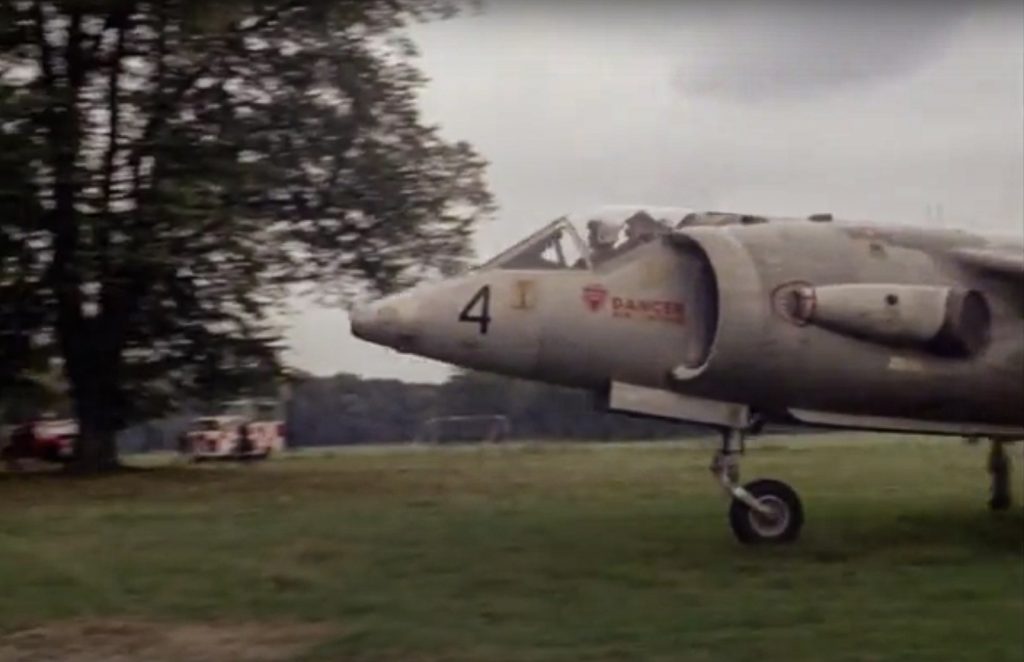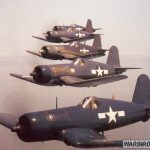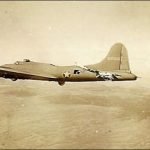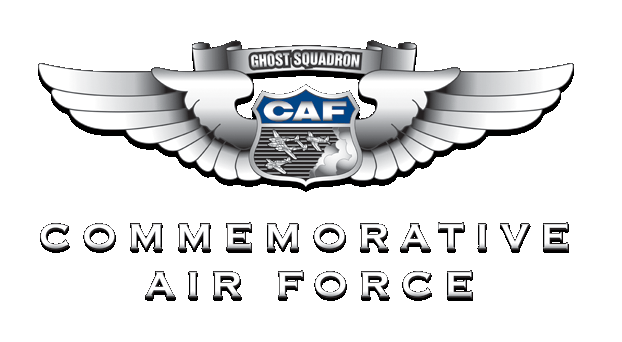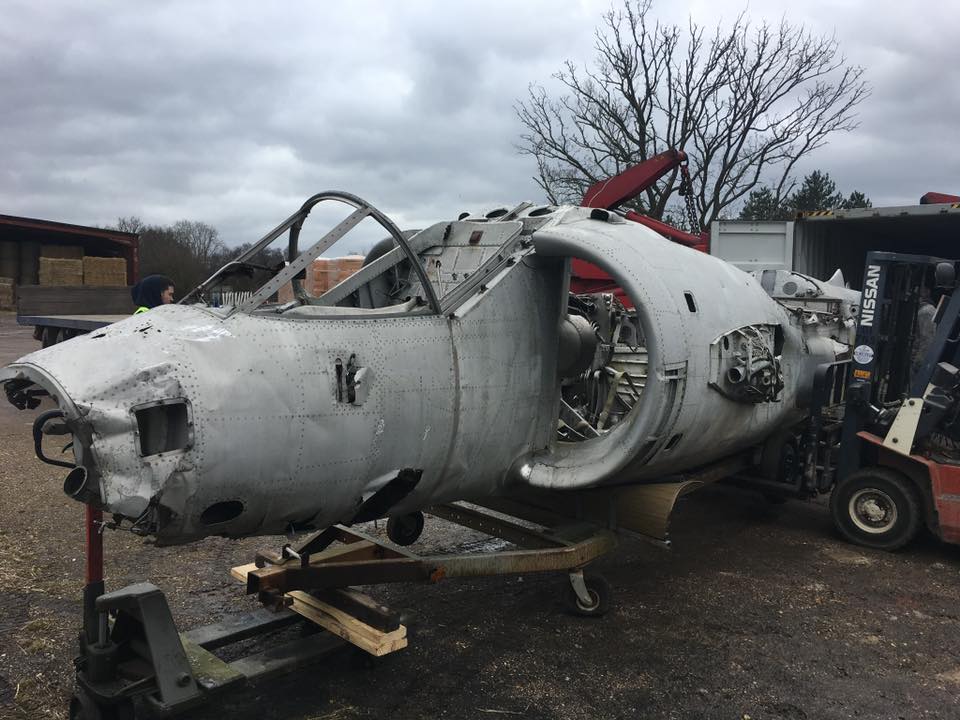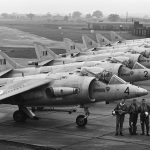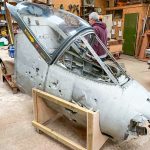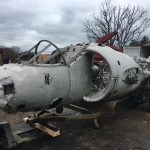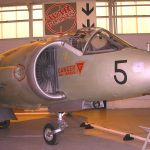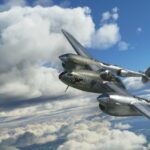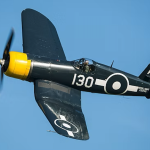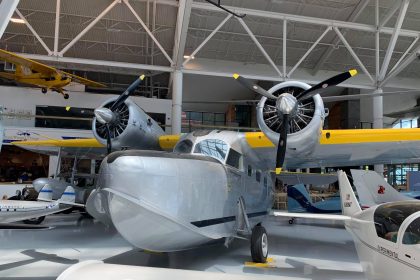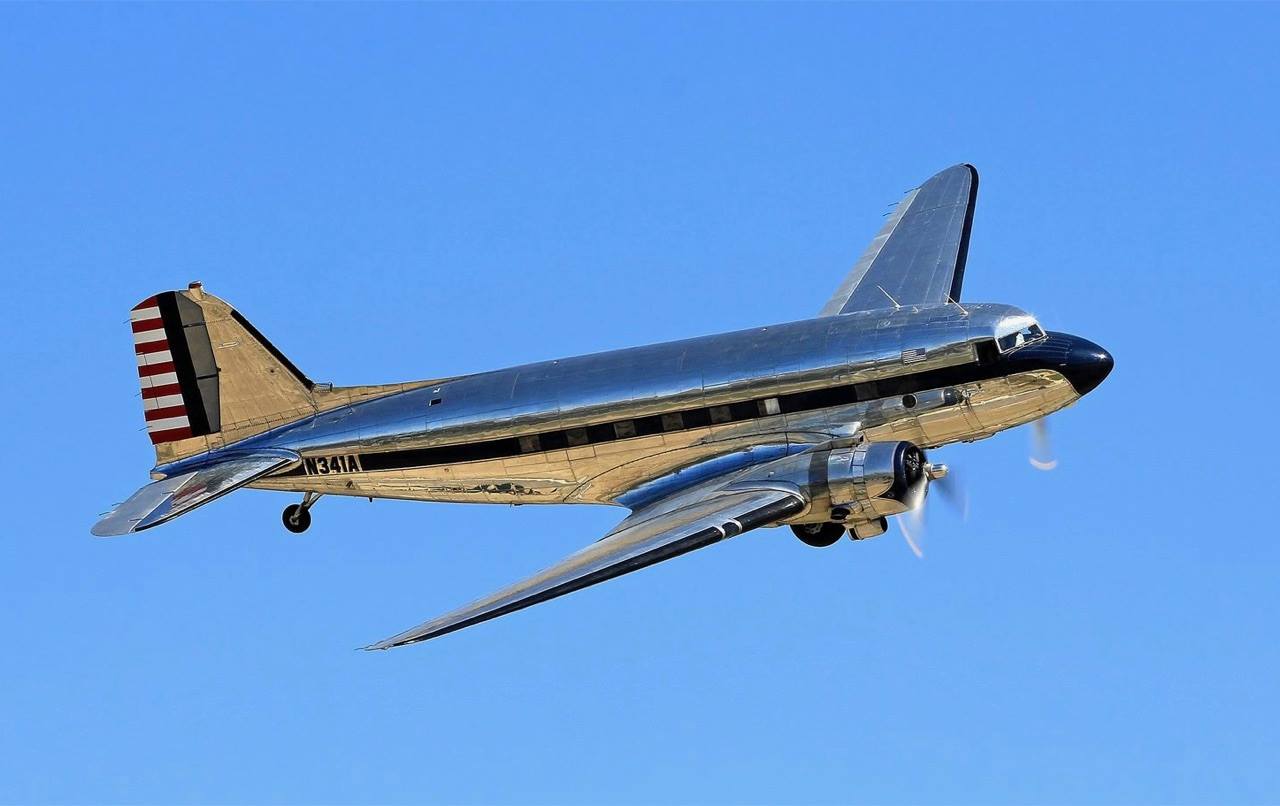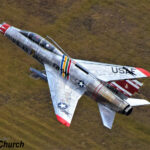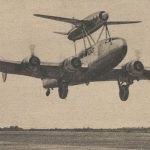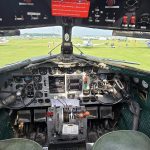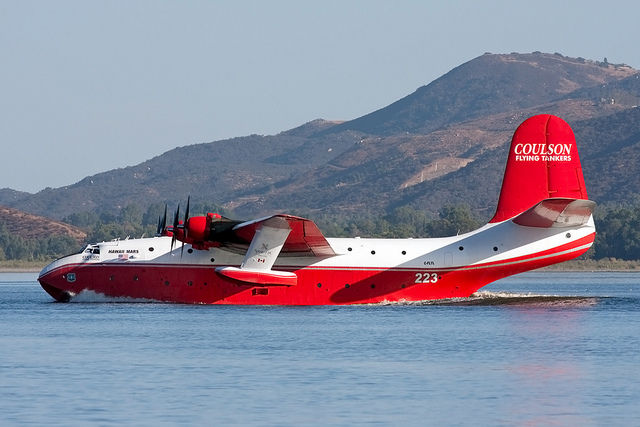The Wings Aviation Museum is proud to announce a landmark development in its restoration of Hawker Kestrel XS694: the Royal Air Force Museum has generously donated the aircraft’s original undercarriage, a rare and invaluable contribution to the preservation of British aviation heritage. Following six years of discussions, dedication, and collaboration, this significant gift includes the complete main gear, nose gear, one outrigger, and two main wheels — all crucial components that will allow the restoration team to move forward with greater historical accuracy and technical integrity.
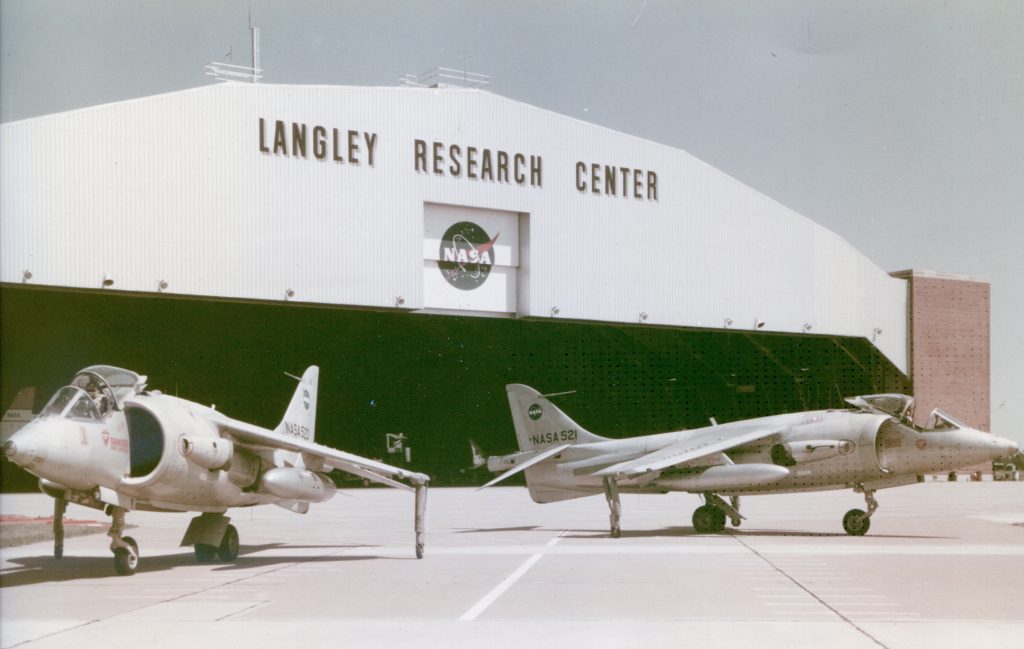
Manufactured by Dowty, now part of Safran Landing Systems, the Kestrel’s undercarriage was state-of-the-art in the 1960s, designed to endure the demands of experimental vertical and short takeoff operations. The survival of these original parts is exceptionally rare, making this donation both technically vital and historically meaningful.
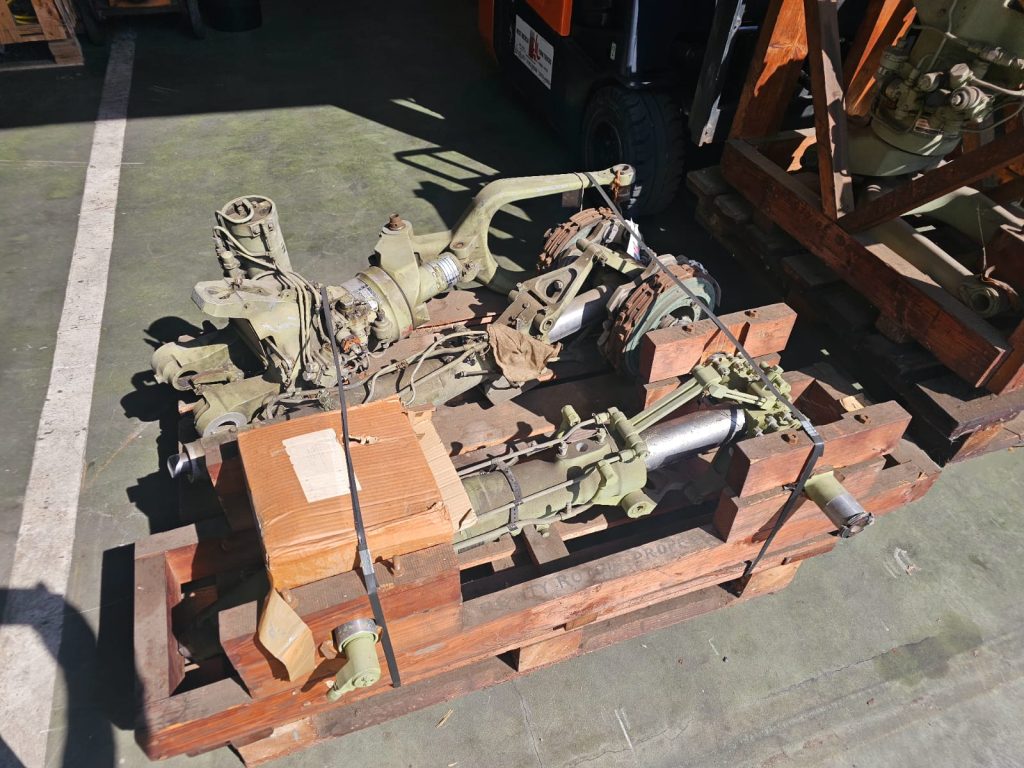
To complete the set, the museum will reverse-engineer the outrigger to fabricate a second unit. Wings Aviation Museum encourages anyone with relevant expertise in reverse engineering or aircraft component fabrication to get involved in this one-of-a-kind restoration project. “We are deeply honoured by the RAF Museum’s support,” said Aaron Simmons and Dave Cotton, joint project leads at Wings Aviation Museum. “This isn’t just a mechanical donation — it’s a powerful symbol of British engineering innovation. It brings us a significant step closer to preserving a key chapter in aerospace history.”
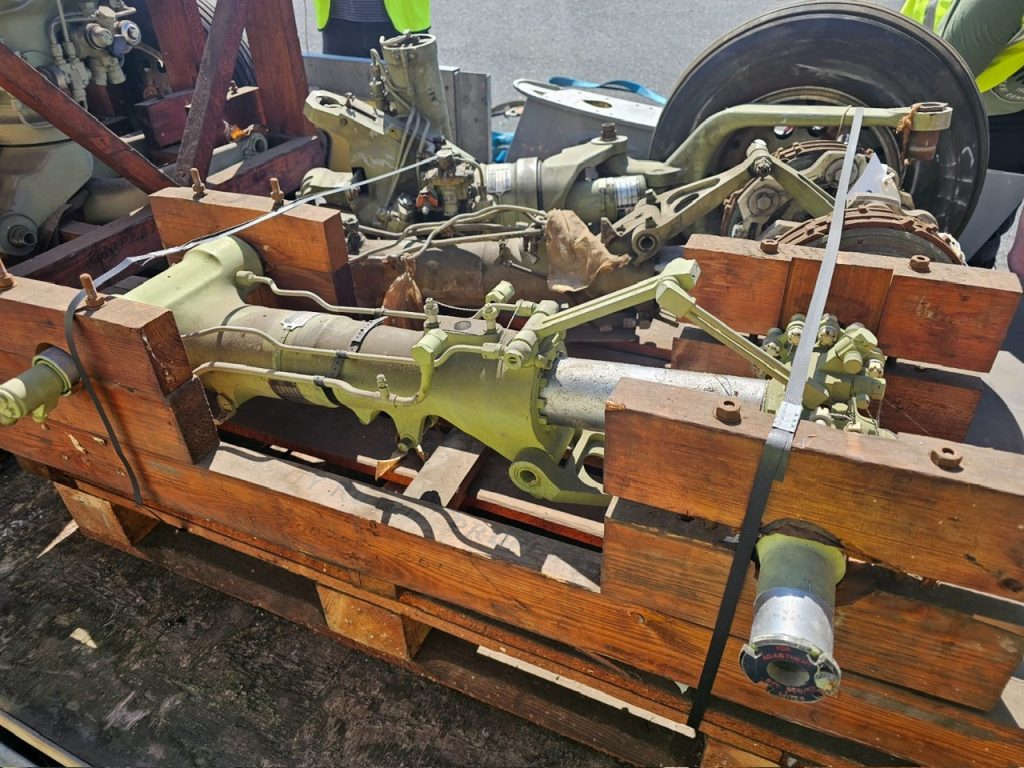
RAF Museum CEO Maggie Appleton added: “We are proud to support the restoration of Hawker Kestrel XS694 — a pivotal aircraft in the evolution of V/STOL flight and British aerospace excellence. The RAF Museum’s own Kestrel on display in the Midlands continues to inspire visitors with its story of innovation. By donating these rare original components — otherwise held in storage — we’re helping another historic airframe return to life. It’s through partnerships like this that we keep our nation’s aviation story alive and relevant for future generations.”

Developed in the early 1960s, the Hawker Kestrel FGA.1 was a groundbreaking platform for V/STOL flight research. With only a few ever built, each surviving element carries immense historical significance. XS694 is one of only two Kestrels remaining in the UK, and the only example to have returned from the United States, where it served with both the USAF and NASA during its operational career. Once fully restored, XS694 will be displayed at Dunsfold Aerodrome — the very airfield where it first flew. The display will serve as a powerful tribute to British aerospace engineering, highlighting the aircraft’s unique story and its crucial role in the evolution of the iconic Harrier.
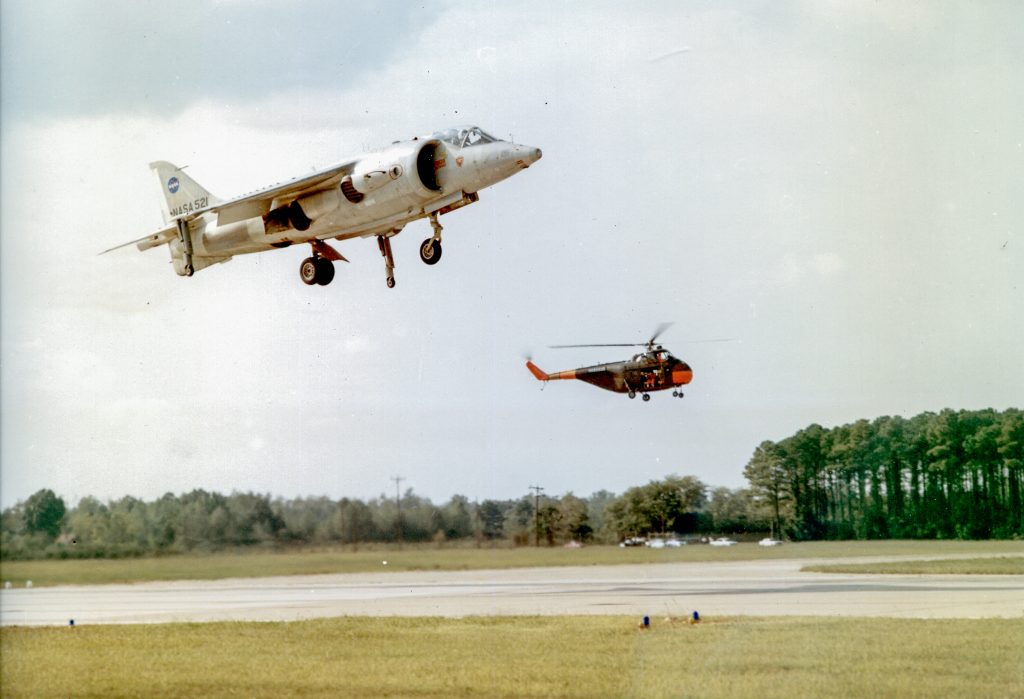
The Kestrel project is part of the museum’s wider vision for a new, expanded facility at Dunsfold, designed to showcase the history of Hawker Aviation and British aerospace innovation. The future museum will feature STEM-focused educational programs, immersive exhibitions, and interactive restoration workshops — connecting visitors of all ages with Britain’s pioneering aviation legacy. XS694 will take centre stage as an inspirational example of technological progress and perseverance.
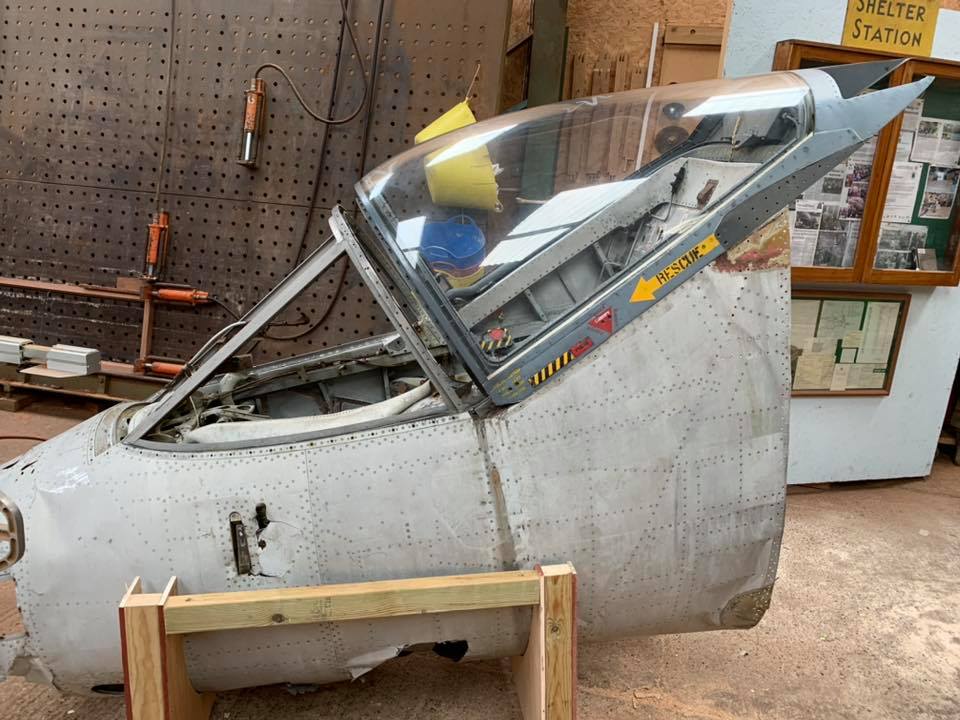
The newly donated undercarriage components will be integrated into the ongoing restoration work at the museum’s West Sussex workshop, where a dedicated team of volunteers and aviation specialists continue to return the aircraft to its former glory. The Wings Aviation Museum extends its heartfelt thanks to the RAF Museum for this extraordinary gift and for their continued commitment to preserving the UK’s aviation heritage. Supporters, historians, and enthusiasts are invited to follow the restoration’s progress and contribute to this remarkable endeavour. Donations of tools, components — including essential skin pins — and financial contributions are all welcome to help keep this rare aircraft’s story alive. For more information, visit www.wingsmuseum.co.uk.
